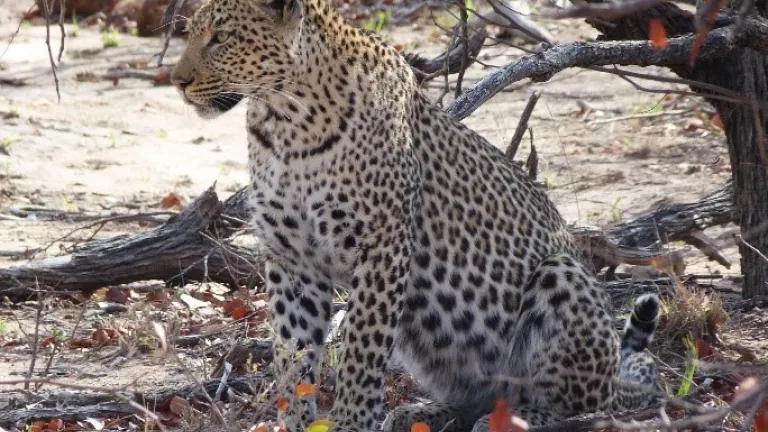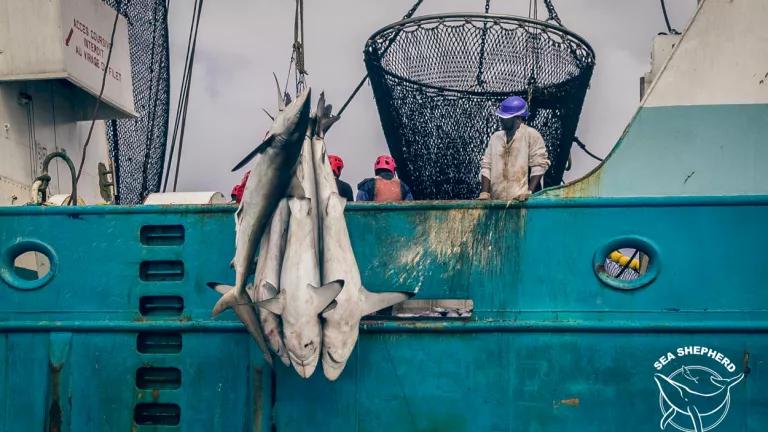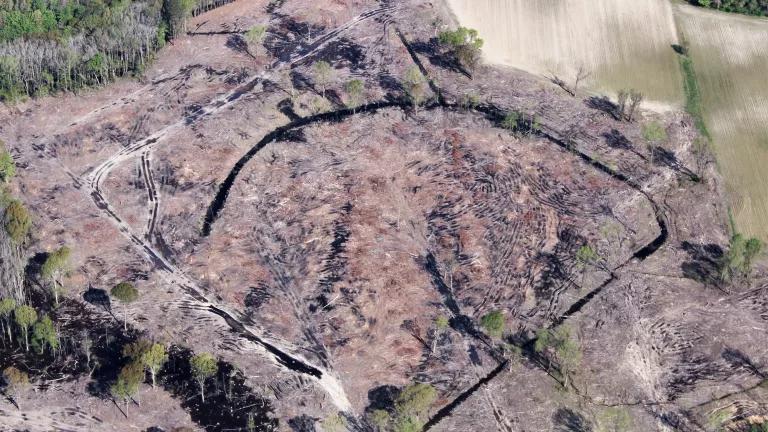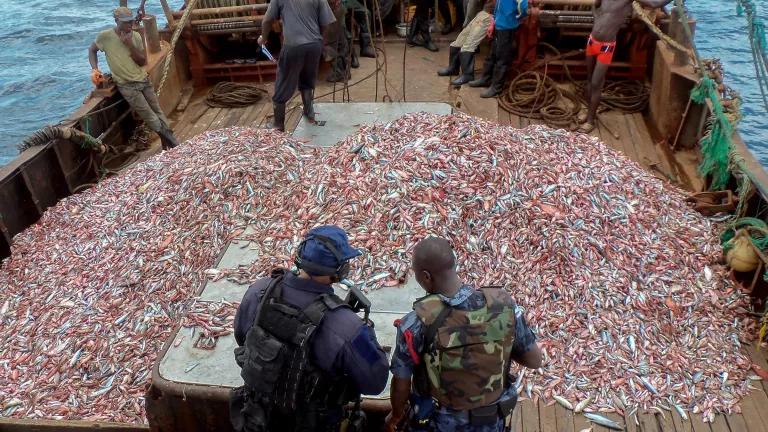#StopExtinction #AltoALaExtinción #ArrêtezL’Extinction
There’s a global treaty on biodiversity. It needs to halt extinctions now.

South African leopard
Zak Smith
Coauthored by Tanya Sanerib, International Legal Director at the Center for Biological Diversity.
World leaders are negotiating a global agenda for nature conservation for adoption later this year. They should endorse audacious, paradigm-shifting goals for protecting ecosystems and wildlife to give them and us the best chance of surviving the climate and nature crises.
Given recent reports on how ecosystems and wildlife are getting slammed on all sides from habitat destruction, wildlife exploitation, deforestation, and climate change — and how we need these ecosystems and wildlife if we want to secure a livable and sustainable future — we must do everything we can to protect the natural world. And this includes committing, right now, to stopping all human-caused extinctions.
If you’ve never heard of the United Nations Biodiversity agreement or Convention on Biological Diversity (CBD), you aren’t alone. While the UN climate meetings generate tremendous attention, the UN Biodiversity agreement gets comparatively short shrift — unless it fails.
Signed in 1992 at the Rio Earth summit, the convention’s first goal is “the conservation of biological diversity,” along with ensuring its sustainable use and providing for the fair and equitable sharing of genetic resources. According to the treaty, biodiversity is “the variability among living organisms”: the incredible richness our natural world provides, with its roughly 8.7 million species. We don’t even know most of these species, yet we’re losing them at an unprecedented pace.
While the treaty isn’t binding, it nevertheless plays a pivotal role in deciding the fate of our planet and is particularly critical at this moment in history.
Every decade the parties to the CBD — that’s every country except the United States and the Vatican — come together to create a framework to guide and galvanize action to implement the treaty over the next 10 years. The framework, more formally known this time around as “the post-2020 global biodiversity framework,” is centered around the vision of living in harmony with nature by 2050.
Parties were supposed to agree to a framework back in 2020. Because of the pandemic, final negotiations will most likely take place this summer. The goals in the framework are supposed to help the world attain the 2050 vision. The targets are the interim actions to be taken by 2030 that are supposed to help ensure that the goals and vision are met.
That probably made your eyes glaze over. Now, try this: How do you explain to the world that by engaging in a suicidal war against nature, we’re unraveling the fabric of life? Right now, there’s no “1.5°C or bust” slogan for preserving biodiversity. In this era of sound bites and tweets, not having a metric to rally around can be deadly — both figuratively and literally.
There’s a lot of science about the need for a biodiversity rally cry. But the recommendations are uninspiring, to say the least. They’re all about reducing extinction risk or rate, which fails to galvanize action. There’s even one paper that suggests rallying around 20 extinctions a year — but that’s unacceptable.
There’s a simple call to action in the biodiversity world that resonates, and it’s desperately needed: Stop extinction. That means stopping the human-induced species extinctions that are wreaking havoc on our natural world at crisis proportions.
Sure, some extinctions are baked in and bound to happen no matter what we do. Other extinctions are natural. But what’s happening now is anything but. Often referred to as the Anthropocene or the sixth extinction, the present era is distinctive because humans, not evolutionary factors, are driving species loss. This is a major threat to life on Earth, and it needs to stop.
UN scientific advisors identified in a 2019 assessment that the world stands to lose one million species, many within decades, without a change to business as usual. Other global indices show that 28% of assessed species are currently at risk of extinction, and that vertebrate populations worldwide have declined by an average of 68% over the past 40 years. Greedy, profit-driven exploitation is driving this loss, raising baseline extinction levels from 10 to 10,000 times the background rate.
Unfortunately, the current draft framework at the Convention on Biological Diversity talks only about reducing the rate and risk of species’ extinctions.
For a framework that’s supposed to translate into action … reduce? Really? No way. We need to end, halt, stop forever human-caused extinctions. It’s our moral imperative, and it means that globally we need to agree to do everything in our power not to let a single other species slip into oblivion.

Vaquita
Thomas A. Jefferson
There are fewer than 10 vaquita porpoises left. Frog populations are in free fall due to disease. Pollinator species are being lost at an alarming rate. And dozens of species go extinct each day. The fabric of life is unraveling all around us, but we have the power to weave it back together.
It won’t be easy, but well-meaning people have no other option. Even the last framework, known as the Aichi Targets, called for preventing the extinction of known threatened species by 2020. Given the state of the world, we cannot back off that commitment now.
It will be difficult to look the next generation in the eye if we walk away from the choice to stop extinctions. So we have a decade to reverse course and fight tooth and nail against the biodiversity and climate crises or — let’s face it — we’ll be getting closer to transforming Earth into Mars. (No fancy rocket ships necessary.)
The solution, according to UN scientific advisors, is transformative change.
One key to transformation is the rallying cry to conserve 30x30 and 50x50 — referring to conserving at least 30% of terrestrial, freshwater and ocean areas by 2030 and 50% by 2050. This crucial element is part of the draft framework, but addressing habitat loss alone isn’t sufficient.
Human exploitation of species is the primary driver of marine species loss and the secondary driver of terrestrial species loss. To address this threat, we need to recognize that yanking species from the wild —transporting and ultimately converting them into commodities, whether living or dead — is helping fuel the extinction crisis.
So, join the fight to end human-induced species extinctions and do so now — not a decade from now. If we roll up our sleeves and do everything we can, we might just generate the kind of transformative change the experts say we need to survive.
Organizations can join this effort here: StopSpeciesExtinction.org and tag your work to protect biodiversity with: #StopExtinction / #AltoALaExtinción / #ArrêtezL’Extinction.



